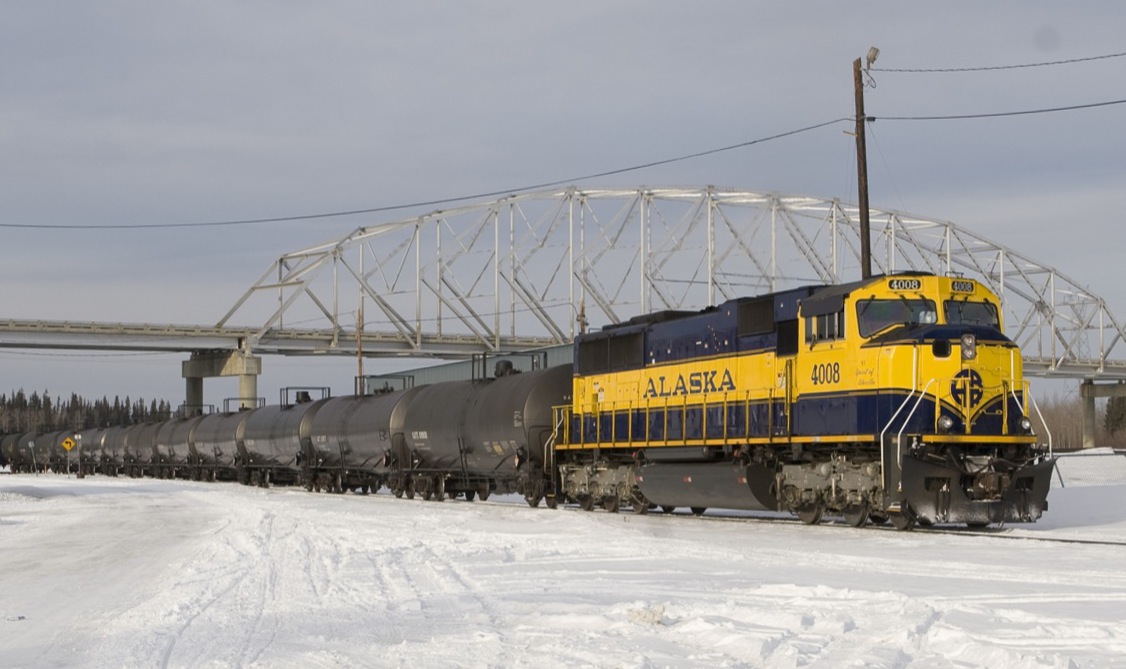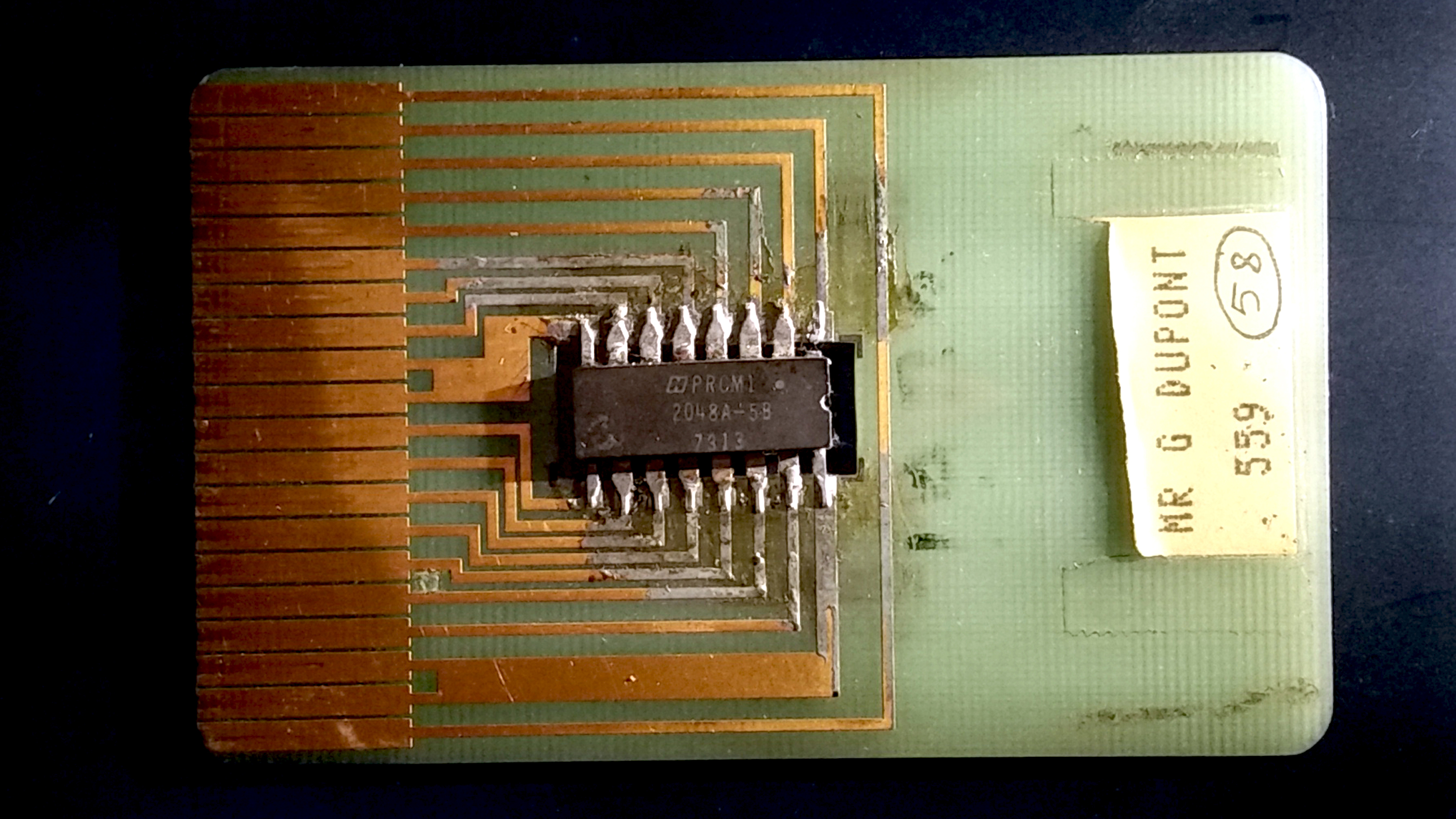|
Asakusa Station (Tokyo Metro, Toei, Tobu)
is a railway station in the Asakusa district of Taitō, Tokyo, Japan, operated by Tobu Railway, Tokyo Metro, and Toei Subway. It forms one terminus of the original subway line in Tokyo, now the Ginza Line. Station layout There is a connecting passage from the Tobu station to the Tokyo Metro station, and a connecting passage from the Tokyo Metro portion to the Toei portion. However, there are no direct connecting passages from the Toei portion to the Tobu portion or from the Tsukuba Express station to the rest of the station complex. Passengers wishing to transfer between the Toei and the Tobu stations have to walk at street level, while passengers transferring between the Tsukuba Express station and the rest of the complex must also walk at street level, as the Tsukuba Express station is located to the west of the station complex. Tobu Railway The Tobu Railway terminal is a surface station, which occupies a portion of the Matsuya Department Store. The station is used by ... [...More Info...] [...Related Items...] OR: [Wikipedia] [Google] [Baidu] |
Taitō
is a special ward in the Tokyo Metropolis in Japan. In English, it is known as Taitō City. As of May 1, 2015, the ward has an estimated population of 186,276, and a population density of 18,420 persons per km2. The total area is . This makes Taito ward the smallest of Tokyo's wards in area, and third-smallest in population. History The ward was founded on March 15, 1947, with the merger of the old Asakusa and Shitaya wards when Tokyo City was transformed into Tokyo Metropolis. During the Edo period, the Yoshiwara licensed quarter was in what is now Taitō. Taitō shares the same Chinese characters, "台東" with Taitung, a city in Taiwan. Geography Situated in the northeastern portion of the wards area of Tokyo, Taitō is surrounded by five other special wards: Chiyoda, Bunkyō, Arakawa, Sumida and Chūō. Districts and neighborhoods ;Asakusa area * Asakusa * Asakusabashi * Hanakawado * Hashiba * Higashi-Asakusa (East Asakusa) * Imado * Kaminarimon * Kiyokawa ... [...More Info...] [...Related Items...] OR: [Wikipedia] [Google] [Baidu] |
Selective Door Operation
Selective door operation (SDO), also known as selective door opening, is a mechanism employed primarily on trains (although buses with multiple doors also generally have this feature) that allows the driver or conductor/guard to open the doors of a train separately. Selective Door Operation enables trains to call at a station where the platform is shorter than the train. Some doors can be prevented from opening to ensure that passengers do not disembark from any carriages not standing at the platform. The term Selective Door Operation is used mainly in the United Kingdom; some train operating companies used the term ‘Door De-Select’. A version of this is used in other countries and on other rail systems such as the London Underground. UK variations In the UK various trains, either multiple units or coaches, have variations of the selective door operating system. This usually depends on what the specific train operating company and/or train leasing company required, eithe ... [...More Info...] [...Related Items...] OR: [Wikipedia] [Google] [Baidu] |
Stations Of Tokyo Metropolitan Bureau Of Transportation
Station may refer to: Agriculture * Station (Australian agriculture), a large Australian landholding used for livestock production * Station (New Zealand agriculture), a large New Zealand farm used for grazing by sheep and cattle ** Cattle station, a cattle-rearing station in Australia or New Zealand **Sheep station, a sheep-rearing station in Australia or New Zealand Communications * Radio communication station, a radio frequency communication station of any kind, including audio, TV, and non-broadcast uses ** Radio broadcasting station, an audio station intended for reception by the general public ** Amateur radio station, a station operating on frequencies allocated for ham or other non-commercial use ** Broadcast relay station ** Ground station (or Earth station), a terrestrial radio station for extraplanetary telecommunication with satellites or spacecraft ** Television station * Courier station, a relay station in a courier system ** Station of the ''cursus publicus'', ... [...More Info...] [...Related Items...] OR: [Wikipedia] [Google] [Baidu] |
Railway Stations In Japan Opened In 1927
Rail transport (also known as train transport) is a means of transport using wheeled vehicles running in tracks, which usually consist of two parallel steel rails. Rail transport is one of the two primary means of land transport, next to road transport. It is used for about 8% of passenger and freight transport globally, thanks to its energy efficiency and potentially high speed.Rolling stock on rails generally encounters lower frictional resistance than rubber-tyred road vehicles, allowing rail cars to be coupled into longer trains. Power is usually provided by diesel or electric locomotives. While railway transport is capital-intensive and less flexible than road transport, it can carry heavy loads of passengers and cargo with greater energy efficiency and safety. Precursors of railways driven by human or animal power have existed since antiquity, but modern rail transport began with the invention of the steam locomotive in the United Kingdom at the beginning of the 19th ... [...More Info...] [...Related Items...] OR: [Wikipedia] [Google] [Baidu] |
Smart Card
A smart card (SC), chip card, or integrated circuit card (ICC or IC card), is a card used to control access to a resource. It is typically a plastic credit card-sized card with an Embedded system, embedded integrated circuit (IC) chip. Many smart cards include a pattern of metal contacts to electrically connect to the internal chip. Others are Contactless smart card, contactless, and some are both. Smart cards can provide personal identification, authentication, data storage, and application processing. Applications include identification, financial, public transit, computer security, schools, and healthcare. Smart cards may provide strong security authentication for single sign-on (SSO) within organizations. Numerous nations have deployed smart cards throughout their populations. The universal integrated circuit card (UICC) for mobile phones, installed as pluggable SIM card or embedded eSIM, is also a type of smart card. , 10.5billion smart card IC chips are manufactured annually ... [...More Info...] [...Related Items...] OR: [Wikipedia] [Google] [Baidu] |
Oshiage Station
is a railway station in Sumida, Tokyo, Japan, jointly operated by Tokyo Metro, Tobu Railway, Tokyo Metropolitan Bureau of Transportation, Toei, and Keisei Electric Railway. It is adjacent to the Tokyo Skytree complex. Lines Oshiage Station is served by the following lines. It is the terminal station of three lines. * Keisei Oshiage Line (station number KS45) – through service to the Toei Asakusa Line * Tobu Skytree Line (station number TS-03) – through service to the Tokyo Metro Hanzomon Line *Toei Asakusa Line (station number A-20) – through service to the Keisei Oshiage Line * Tokyo Metro Hanzōmon Line (station number Z-14) – through service to the Tobu Skytree Line Station layout There are two sets of platforms, one for Keisei/Toei at level B1, and the other for Tokyo Metro/Tobu at level B3. Each consists of two island platforms serving four tracks. Keisei/Toei On the Keisei/Toei section, trains to Nishi-Magome and the Keikyu Network leave from platforms 1, 2 ... [...More Info...] [...Related Items...] OR: [Wikipedia] [Google] [Baidu] |
Toei Asakusa Line
The is a subway line in Tokyo, Japan, operated by the municipal subway operator Toei Subway. The line runs between in Ōta, Tokyo, Ōta and in Sumida, Tokyo, Sumida. The line is named after the Asakusa district, a cultural center of Tokyo, under which it passes. The Asakusa Line was the first subway line in Japan to offer through train, through services with a private railway. Today, it has more through services to other lines than any other subway line in Tokyo. Keikyu operates through trains on the Keikyu Main Line to and the Keikyu Airport Line to . The Keisei Electric Railway operates through trains on the Keisei Oshiage Line to and the Keisei Main Line to , and the Shibayama Railway runs trains via the Keisei Main Line and the Shibayama Railway Line to . Via its through services with Keisei and Keikyu, the Asakusa line is the only train line that offers a direct connection between Tokyo's two main airports. The Asakusa Line is often split into two routes: Oshiage–Sen ... [...More Info...] [...Related Items...] OR: [Wikipedia] [Google] [Baidu] |
Shibayama Railway
The is a third-sector railway company in Chiba Prefecture, Japan. It operates Japan's shortest narrow-gauge railway line, the Shibayama Railway Line between Higashi-Narita Station and Shibayama-Chiyoda Station, largely underneath Narita International Airport. The railway company was founded on May 1, 1981, and the construction of the line began in 1998. Although issues with land acquirement forced the line to be extended by 0.2 km (220 yards) in 2000, the line opened on October 27, 2002. Although the Shibayama Railway Company is an independent operator, the line functionally resembles an extension of the Keisei Higashi-Narita Line. All services continue through the mentioned line to stations such as the Keisei Narita Station. Narita International Airport Corporation owns the majority stake in Shibayama Railway as of March 2019. The remainder is owned by others such as the Keisei Electric Railway. History Shibayama Railway was founded on May 1, 1981, and received an ope ... [...More Info...] [...Related Items...] OR: [Wikipedia] [Google] [Baidu] |
Hokusō Line
The is a commuter rail line operated by the third-sector Hokusō Railway (controlled by the Keisei Electric Railway) in Japan. It runs between Keisei-Takasago Station in Katsushika, Tokyo and Imba Nihon-idai Station in Inzai, Chiba. It is part of the primary Keisei route between central Tokyo and Narita International Airport through the Narita Sky Access Line. It uses the ATS Type 1 system. The line's name is derived from its route through the former Shimōsa Province, which is also known as "Hokusō". Operations Most trains are all-station "Local" services, but some limited-stop "Rapid" express trains have operated in morning and evening hours. ; (L) : Stops at all stations, all day. Through to Keisei Main Line, Keisei Oshiage Line, Toei Asakusa Line, Keikyū Main Line, Keikyū Airport Line and Keikyū Kurihama Line. ; : Runs only on weekdays. ; : Runs on weekday mornings only. This service is bound to Ueno Station. :Fare (adult/500 yen, child/250 yen) :Stop at f ... [...More Info...] [...Related Items...] OR: [Wikipedia] [Google] [Baidu] |
Narita Sky Access Line
The is a Japanese railway line connecting Keisei-Takasago Station and Narita Airport Terminal 1 Station. The entire route from Keisei Ueno Station, including the Keisei Main Line as far as Keisei-Takasago, is branded . The Keisei Electric Railway operates over the entire line, while other companies operate over certain sections of it, such as Hokuso Railway. The new line is used by '' Skyliner'' limited express services operating at up to using Keisei AE series EMUs. Operations Trains utilize the Keisei Electric Railway's Main Line between Keisei Ueno and Keisei-Takasago. Trains run at a maximum speed of , thus completing the run from Nippori to Narita Airport Terminal 2·3 in a minimum of 36 minutes (15 minutes faster than the previous Skyliner route, which took 51 minutes). The reserved-seat Keisei Skyliner limited express fare for the route between Narita airport and either Nippori or Ueno stations is ¥2,580 and takes 36–41 minutes, while the Access Express comm ... [...More Info...] [...Related Items...] OR: [Wikipedia] [Google] [Baidu] |




